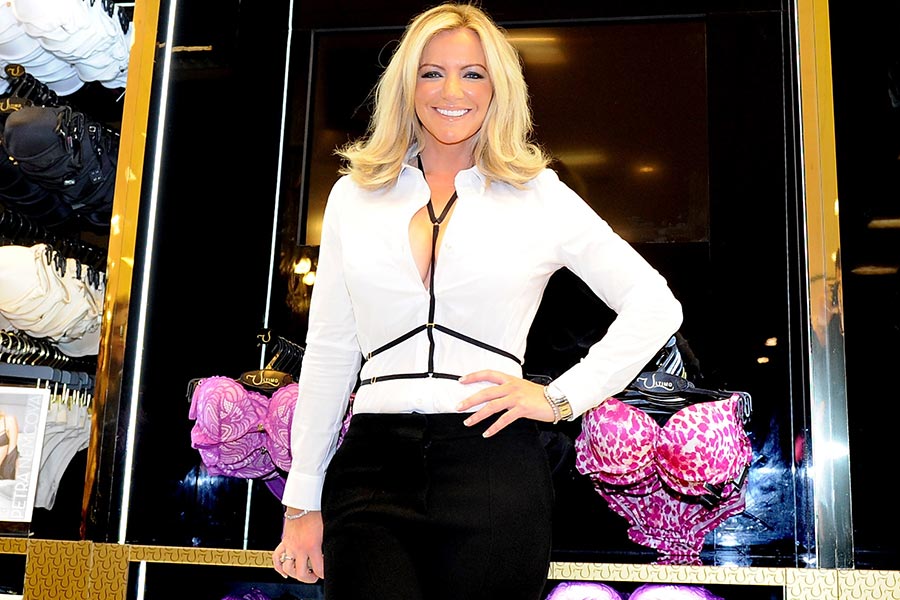By Pat Keegan
Baker Tilly Ryan Glennon
Suppose an individual is 64 years old and considering selling his business or transferring it to his child. Is there any tax relief he should be aware of that might offer some reduction in the liability on a disposal?
In the absence of any specific relieving provisions, the disposal of a business by way of sale or gift will be subject to Capital Gains Tax (CGT) to the extent that the disposal gives rise to a gain.
CGT at the rate of 33% will apply. It should be noted that the recent Budget has introduced a special 20% rate that will apply in the case of disposals of qualifying business assets subject to a lifetime limit of €1 million in gains. This will be available from 1 January 2016 and there is no age limit. This has been referred to as Entrepreneur Relief.
In addition to Entrepreneur Relief, Retirement Relief is available. Strictly, it is not necessary to actually retire in order to avail of the provision. The qualifications are as follows:
- Business owner must be at least 55 years old at the time of disposal
- Assets being disposed of must fall within the definition of qualifying assets for the relief (detailed below).
- The business owner must have owned the assets for a minimum of 10 years, during which they were qualifying asset.
The relief, designed in particular to help facilitate the transfer of a business or farm intact to a successor, is divided into two main provisions:
1. S.599 TCA1997: This deals primarily with transfer to a child of the business owner. In certain circumstances it may also apply to nephews, nieces and foster children.
2. S.598 TCA 1997: This deals with disposals to anyone other than those dealt with under S.599.
How does the relief work?
If the business owner is between the ages of 55 and 66 at the time of disposal to a child, there is no limit on the total consideration. If the owner is 66 or older, the total consideration on sale or deemed maxes out at €3 million.
It is important to bear in mind that if the child disposes of the business within six years then there will be a clawback of the relief and the liability will be the responsibility of the child.
Where the disposal is to someone other than a child, the maximum allowable consideration is €500,000 when the business owner is at least 66 and €750,000 when they are between the age of 55 and 66.
Marginal relief will apply when the consideration is not significantly over these limits. The limits are aggregate lifetime limits from the time the business owner reaches the age of 55.
It should be emphasised that the thresholds are not tax free thresholds. This means that the relief does not operate so that the first €750,000/€500,000 or €3 million is tax-free and tax is only paid on the surplus over these thresholds. Rather, as soon as the thresholds are exceeded, the full gain is taxable on all disposals. This is subject to the tax not exceeding 50% of the excess over the threshold.
What assets qualify?
The disposal, in order to qualify for the relief, must come within the definition of “Qualifying Assets”. The term refers to Chargeable Business Assets, or assets used for the purpose of the business or farm where a disposal of these assets would be subject to CGT (if the disposal gave rise to a gain).
The relief does not generally apply to property used for the purposes of generating rental income. The exception to the general rule refers to farming land in certain circumstances.
Chargeable Business Assets include assets such as goodwill, land, buildings and machinery. They do not include debtors or trading stocks as these items do not give rise to CGT. They also exclude investments that are not held as part of the trade.
Does the relief apply to shares in a family company?
The relief will apply to shares in a family company, but the extent to which relief will apply is based on the extent to which the shares derive their value from chargeable business assets.
This is determined by assessing the value of chargeable business assets as a percentage of all chargeable assets owned by the company. This is intended to replicate as far as possible the provisions that apply to sole traders but the impact of the calculation can give rise to unexpected results.
This could result in the shares qualifying for either more or less relief than the value of underlying chargeable business assets in the company.
Period of Ownership
The qualifying assets must have been held for at least ten years up to the date of disposal. The general rule is that they must have remained as qualifying assets throughout that ten years.
Special rules were introduced over the last number of Finance Acts to encourage and facilitate transfer of farms where the land had been let under medium term leases as well as conacre lettings in some cases. This again is to encourage transfer to younger and (presumably) more active farmers.
Where the assets are in the form of shares in a family company, the owner must have owned the shares for at least ten years up to the date of disposal and he or she must have been a working director for at least ten years, with five of those as a full-time director.
Transfers between spouses
A lifetime transfer from one spouse to another will not be treated as a disposal for CGT purposes but the value of the chargeable asset being transferred will be taken into account when establishing whether the lifetime threshold of €750,000 or €500,000 was breached.
A period of ownership of one spouse will be treated as a period of ownership of the other spouse.
There are special rules dealing with the consequences for transfers between spouses on death. These rules treat the period and use of the asset as being the period of use and ownership of the succeeding spouse.
Conclusion
The CGT reliefs available under Retirement Relief are hugely valuable and will provide exemption from CGT in many cases. Business owners should be aware of the reliefs if they have reached or are soon to reach 55 years of age and are considering a disposal of their business. There are many nuances within the provisions dealing with the relief and every case needs to be considered based on its own particular circumstances. The details as set out above are intended as a general guide and deal with the main provisions of the relief. You should seek the assistance of a professional tax advisor if you intend to rely on the provisions dealing with Retirement Relief.
+ Pat Keegan is a Tax Partner with Baker Tilly Ryan Glennon











